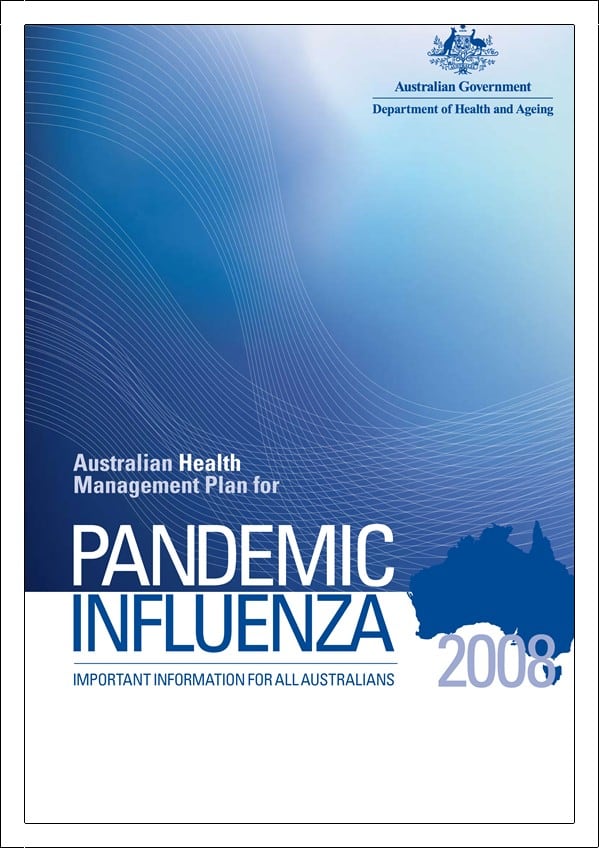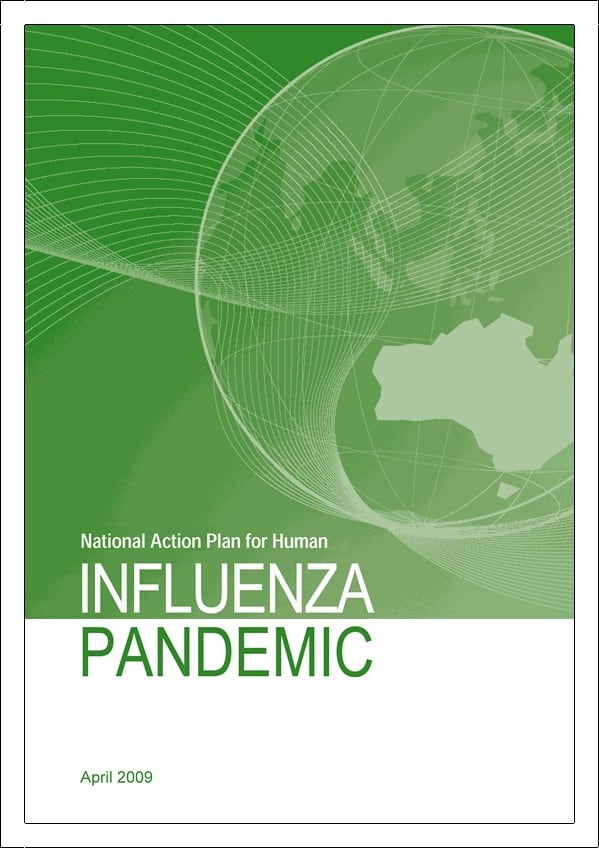The tricky thing about getting safety right is making sure you are on top of where the dangers are. One danger that seems to be consistently “off the safety radar” for lots of workplaces, particularly small businesses, is falls.
Here’s some key stuff you need to be looking at:
- Rule #1 for all safety problems is to try and eliminate the danger first. For fall hazards this means; have you exploited all the available storage space that can be reached from the ground (i.e. without the need to use a ladder)? Lots of places have all the ground level storage space they need, but because of its convenient access that space gets filled with junk. Turfing out the junk to exploit the ground level storage areas is the key thing to do. Ground level storage – good. Elevated storage spaces – not so good.
- Step ladders are used a lot to get access to high shelves, and the ordinary type of step ladder is notoriously unstable the further up the ladder you go. If people have to be on the last couple of steps, or worse still, right on top of a step ladder to retrieve stuff from high racking, then you have a serious injury or fatality waiting to happen at your business. (WorkSafe Victoria has reported deaths of workers who have fallen off step ladders.)
- Consider reconfiguring your storage racking so that the highest shelves are all the same height so you can use a proper order picking ladder to get access to those high shelves (i.e. ones at 2 metres or above). (WorkSafe has a guide on order picking) Consider getting lower versions of this type of ladder for middle height racks.
- Most Australian laws will say you have to do very specific things about stopping falls if workers are working at 2 metres and above. But keep in mind deaths have happened for falls as low as 1 metre, they are more common than you’d think.
- Lots of workplaces use mezzanine or above-room spaces to store things. First, see tip #1. If you have to use those spaces make sure a) that the floor of those spaces are safe to walk on; b) have guard rails around the perimeter; and c) that the way to get up to those space is as safe as it can be. It’s not safe to have only one hand free to get up or down a ladder.
Preventing falls is an excellent example of why the common legal duty to first look to eliminate a hazard or risk is a clever thing. I get the sense that lots of people quickly dismiss elimination as a viable option; it shouldn’t be the case. Hard thinking about elimination solutions needs to be first cab off the rank in risk control decisions, particularly when it comes to preventing falls.


 The trap for producing localised guides is that recommendations may be made that are out-of-place, difficult to implement and, ultimately, question the credibility of the document. WorkSafe fell for this trap by specifying some recommendations for the legitimate control measure of “social distancing”.
The trap for producing localised guides is that recommendations may be made that are out-of-place, difficult to implement and, ultimately, question the credibility of the document. WorkSafe fell for this trap by specifying some recommendations for the legitimate control measure of “social distancing”. The guide does recommend social distancing as part of a risk management process but “prohibiting handshaking, kissing and other physical contact in the workplace”? “Discontinuing … informal spontaneous congregations”?
The guide does recommend social distancing as part of a risk management process but “prohibiting handshaking, kissing and other physical contact in the workplace”? “Discontinuing … informal spontaneous congregations”? Recently I wrote an article for
Recently I wrote an article for 